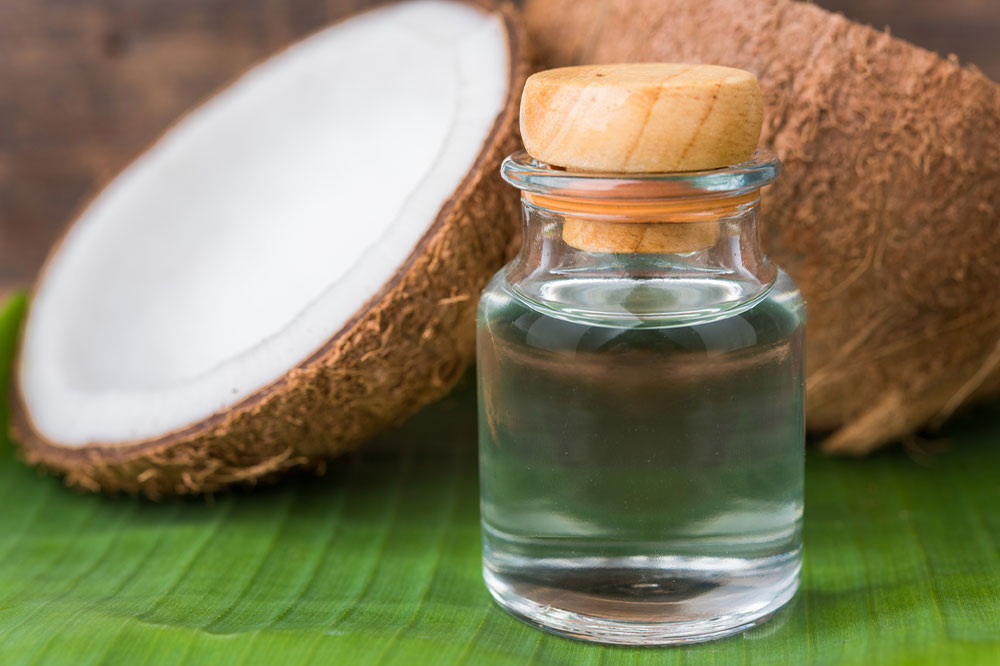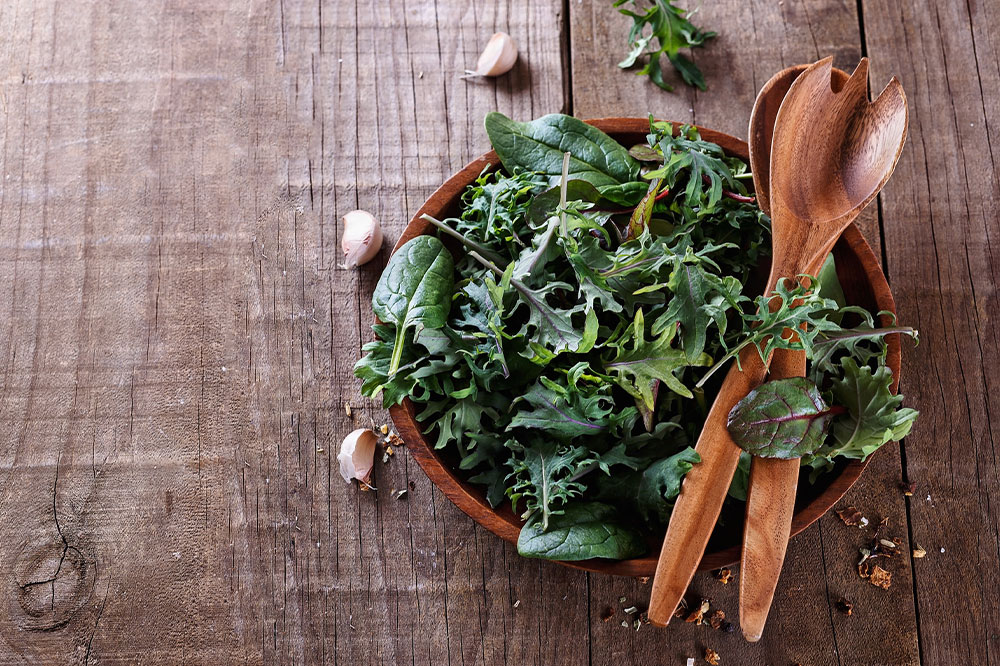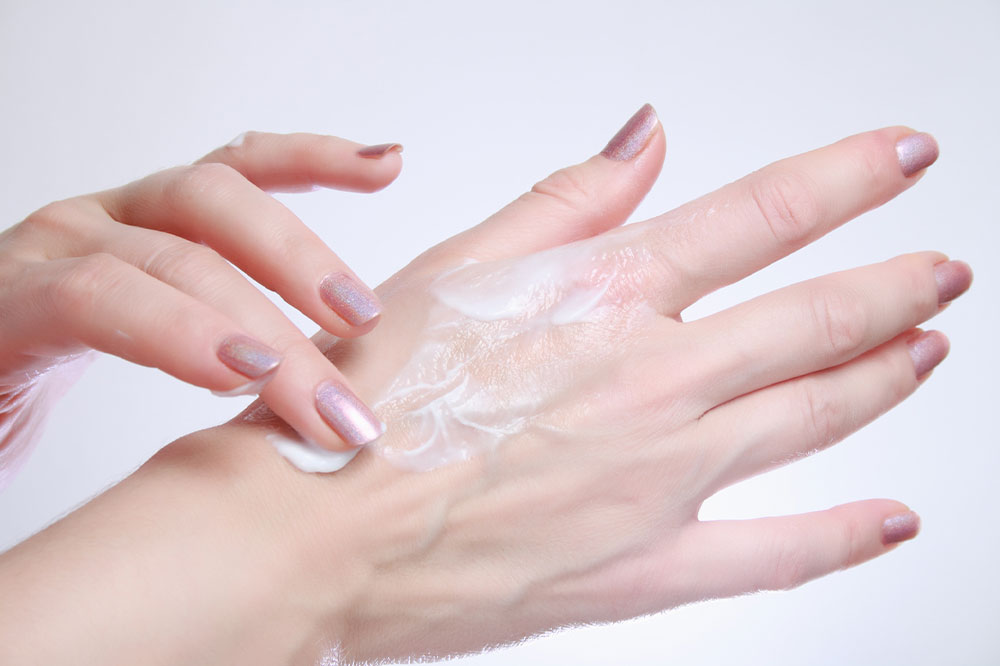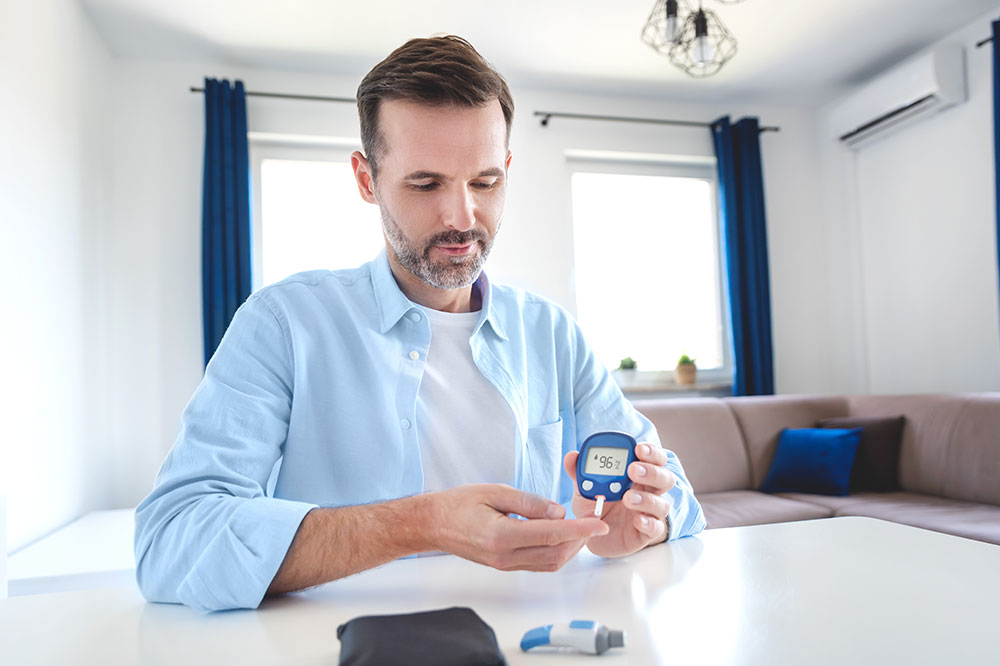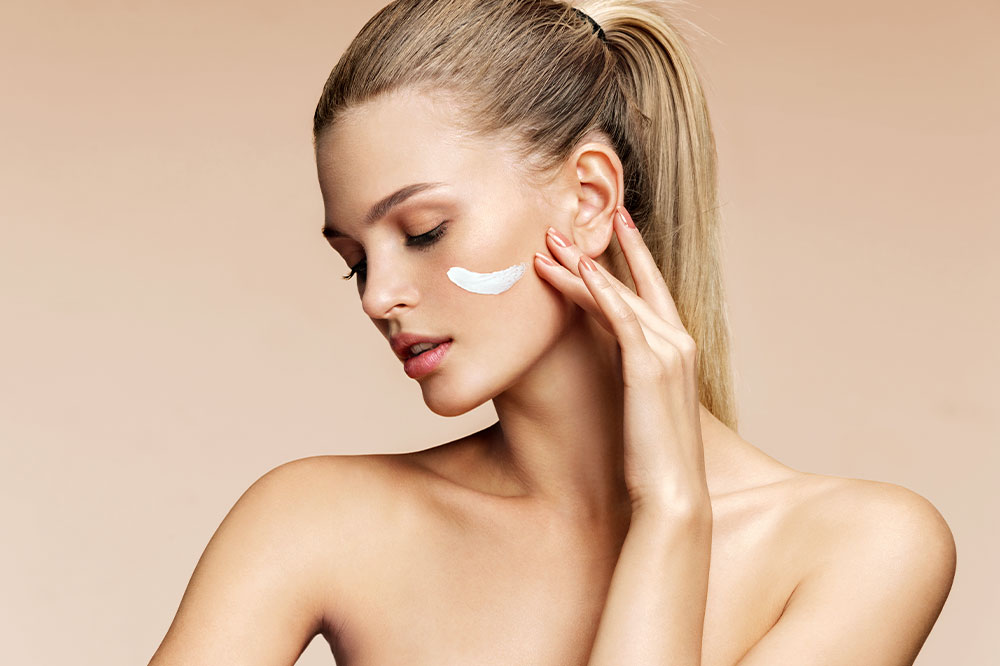Atrial Fibrillation – Causes, Symptoms, and Management Options
Atrial fibrillation, also called AFib, is an irregular heartbeat caused by a lack of coordination between the atria and ventricles. It is the most common form of heart arrhythmia and can trigger blood clots in the heart. This condition is often accompanied by other cardiovascular and autoimmune issues like diabetes, hypertension, chronic kidney disease, and hypertension. Here is a look at the causes and symptoms of atrial fibrillation, along with common treatment options. Causes Genetic predisposition: Familial atrial fibrillation is caused by certain genetic mutations and is a typically less common cause of this condition. Mutations to the gene KCNQ1—responsible for the creation of potassium channels in the outer membrane of the heart muscles—can be one of the genetic causes of AFib. However, other gene mutations have also been linked with this heart problem. Hypertension: Research suggests that uncontrolled high blood pressure or hypertension can trigger or increase one’s risk of developing the condition. Meticulously managing blood pressure levels through treatment options and certain lifestyle changes can significantly reduce the likelihood of developing atrial fibrillation induced by high blood pressure. Chronic health and autoimmune conditions: People with chronic health conditions like diabetes, kidney and lung diseases, and other metabolic disorders are at a considerably higher risk of cardiovascular conditions, including atrial fibrillation.
Read More 
